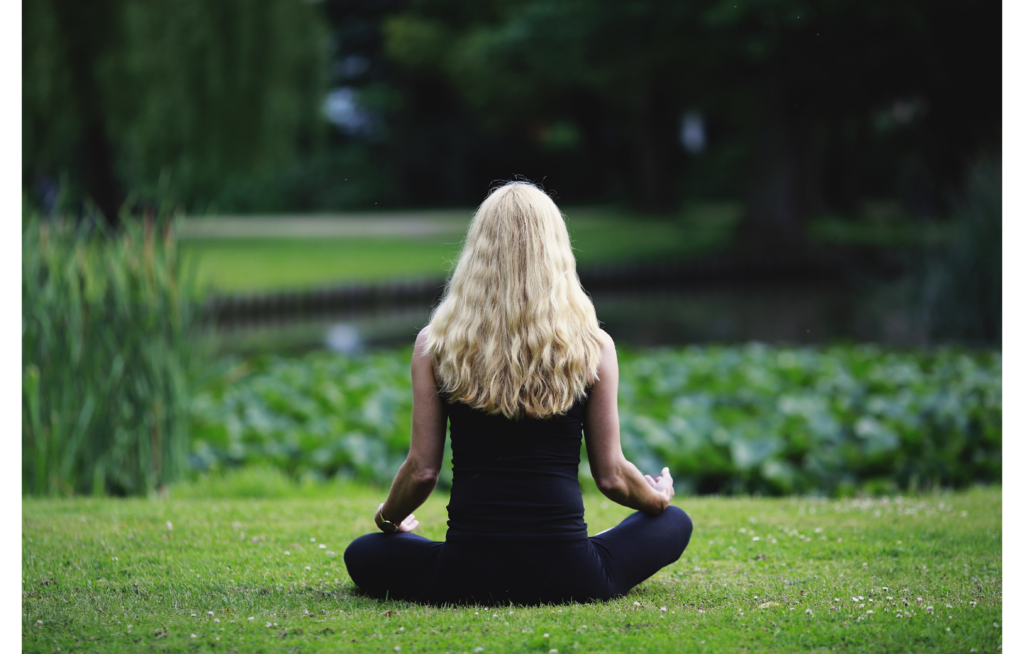
What is mindfulness? – Understand the mental health benefits
Mindfulness has been practiced for over 1,000 years, but its benefits are still widely promoted today. This article will highlight the benefits of mindfulness, the key difference with meditation, and useful mindfulness exercises you can try at home.
What is mindfulness?
Mindfulness simply means to be aware of the present moment. It means you don’t need to think about whether something is good or bad, just be aware of it with an attitude of openness and acceptance.
Mindfulness has roots in Buddhism and meditation, but this doesn’t mean you need to be spiritual or have any particular beliefs to try it.
Why should I practice mindfulness?
Practicing mindfulness helps us to reconnect with our bodies and put us back in control with our own lives. Applying mindfulness strategies to various parts of our lives has been linked to a whole host of different benefits, from improving relationships with food and smartphone addiction, to boosting body confidence.
The busy times that we live in can sometimes cause our minds to become cluttered, and we become guilty of rushing through life and not stopping to notice the important things around us. The way we think can overall effect how we feel and act. For example, if you are thinking or worrying a lot about upsetting events you can find yourself feeling sad or anxious.
Research has found that people who have practiced mindfulness have reduced their stress and improved their mood. The theory behind mindfulness is that by using various techniques to bring your attention back to the present you are able to notice how thoughts come and go into your mind, what your body is telling you and create space between you and your thoughts. This can be done by focusing on your body and breathing.
Mindfulness is also now a very common method taught by counsellors and practitioners of Cognitive Behavioural Therapy. CBT is a therapy that can help you manage your problems by changing the way you think and behave, the techniques can help deal with conflicting and emotional conditions such as anxiety, depression and eating disorders. Practicing mindfulness as part of this therapy can train our brains and the way we deal with our emotions at the point of heightened stress or being in a negative situation.
What is the difference between mindfulness and meditation?
Mindfulness and meditation represent many similarities. They both rely on the ability to be focused on the present moment and increase overall happiness and inner peace, but they are not the exact same thing.
Mindfulness can be applied to any situation throughout the day, whereas meditation is usually practiced for a specific amount of time, and there are numerous ways of practicing it.
What mindfulness exercises can I try?
Different techniques of mindfulness work for different people, so if you don’t find something very useful you can always try out another. You can adapt a lot of exercises to suit you and fit well into your daily life, here are a few exercises you could try:
- Mindful eating – this involves paying attention to the taste, sight and textures of things that you eat. For example, when drinking a cup of coffee, you could try focusing on how hot the liquid is and how it feels on your tongue, or how strong and sweet it tastes.
- Mindful moving – take note of the feeling you have when your body moves. You might notice the breeze against your skin when running or walking, or the feeling of your hands or feet against different textures. Maybe it’s the different smells around you, like freshly cut grass.
- Body scanning – this is where you move your attention slowly through your body, starting from the top of your head right to the tips of your toes. Focusing on the feelings of warmth, tension, or relaxation in different parts of your body.
- Mindful activities – activities such as cooking, or drawing can be very mindful. Focusing on the different colours and sensation a paintbrush or pencil has on paper, rather than focusing on drawing a particular thing you could use a colouring book. Cooking can bring out a lot of different senses to focus on, the tastes and smells around you can take you to another country almost.
- Mindful meditation – this exercise involves sitting quietly and focusing on your breathing and your thoughts, all the different sensations in your body and things you can hear around you. Try to keep focused on the present if your mind starts to wander.
Leave a Reply